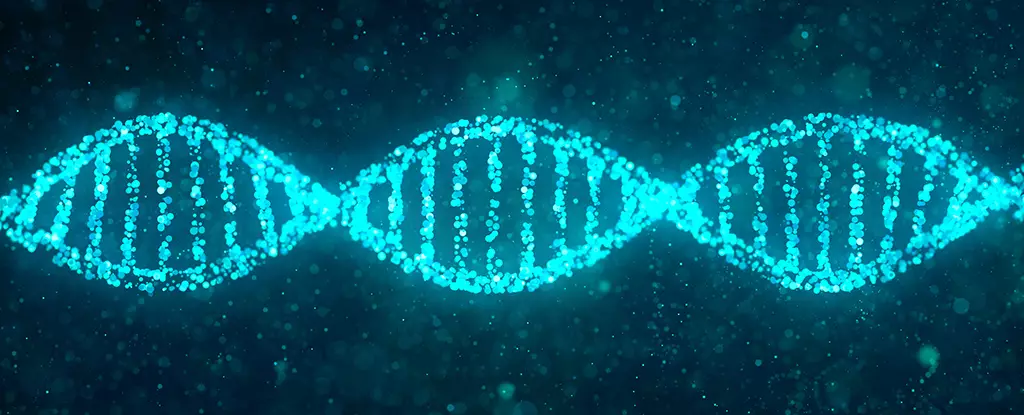Cancer remains a formidable challenge in contemporary medicine, characterized by its complex interplay of genetic factors and external influences. Traditional approaches have predominantly focused on mutations within the DNA structure that disrupt normal cellular growth and proliferation. However, the latest research conducted by the Barcelona Institute of Science and Technology (BIST) has shifted the spotlight toward an often-overlooked aspect of genetics: the splicing process of RNA molecules. This innovative study uncovers a deeper layer of genetic abnormalities that can contribute to the onset and progression of cancer, expanding our understanding of the disease’s underpinnings.
To comprehend the impact of splicing on cancer development, one must grasp what gene splicing entails. In a nutshell, splicing is a cellular process that removes non-coding sequences, known as introns, from pre-mRNA strands, thus allowing the exons—coding sequences—to be joined together and translated into functional proteins. While splicing is vital for generating proteins that drive cellular functions, cancer cells can hijack this process. Instead of producing normal proteins, malignant cells may create aberrant versions of these proteins, potentially leading to uncontrolled cell growth.
The BIST researchers utilized sophisticated algorithms called Spotter to analyze genetic rerouting during splicing. By doing so, they identified 813 genes whose spliced forms could act as potential oncogenic factors. This revelation nearly doubles the currently recognized list of tumorigenic genes, which numbers around 626 based on classical mutation-based approaches. This significant expansion of potential cancer drivers underscores the complexity involved in cancer biology and points toward the existence of nuanced pathways contributing to malignancies.
The implications of this research extend far beyond mere identification of potential cancer-causing genes. With these newfound insights, there emerges a promising avenue for targeted therapies. Researchers are now inspired to explore treatment strategies that focus not only on direct mutations but also on the aberrant proteins produced from splicing errors. This dual-pronged approach might enhance therapeutic efficacy by integrating existing treatment modalities with these newly identified splicing targets.
Moreover, the study emphasizes that many of these splicing-related genes have not been previously recognized in major cancer mutation databases. Their presence indicates that the traditional methodologies for identifying cancer-related genes may be lacking. As BIST biologist Miquel Anglada-Girotto aptly points out, “these are not classic oncogenes but represent an entire new class of potential cancer drivers,” thus suggesting that the fight against cancer could be enhanced through a more comprehensive understanding of gene expression and regulation.
In addition to identifying potential therapeutic targets, the BIST study offers promising advancements for personalized medicine. By correlating splicing variations with patient responses to various drug treatments, researchers can begin to predict how individual patients will react to different therapies. This could lead to more effective treatment plans tailored to a patient’s unique genetic makeup, thereby improving overall outcomes in cancer care.
As researchers continue to unravel the complexities of RNA splicing, many anticipate that the precision of cancer treatments will improve significantly. Identifying splicing errors can help clinicians choose the most appropriate therapeutic options, minimizing the trial-and-error aspect that often accompanies cancer treatment.
The pioneering work done by the researchers at BIST offers a refreshed perspective on the genetic basis of cancer. By focusing on splicing mechanisms and introducing a broader array of potential oncogenes, this research lays the groundwork for innovative treatment strategies and personalized approaches to fighting cancer. While challenges remain in translating this knowledge into clinical practice, the findings represent a significant leap forward in the ongoing quest to conquer one of humanity’s most persistent health issues. As the scientific community delves deeper into these genetic networks, the prospect of more effective cancer therapies becomes increasingly closer to reality, illuminating a path toward better patient outcomes.


Leave a Reply